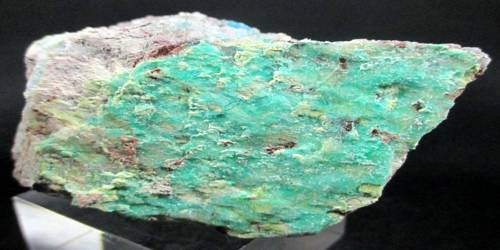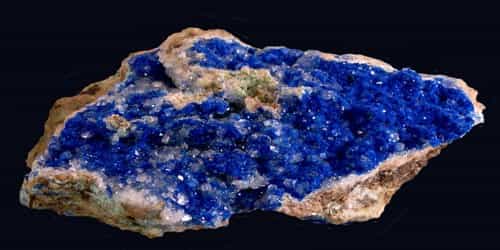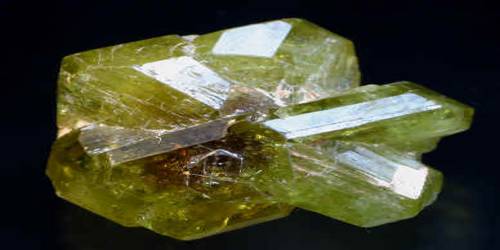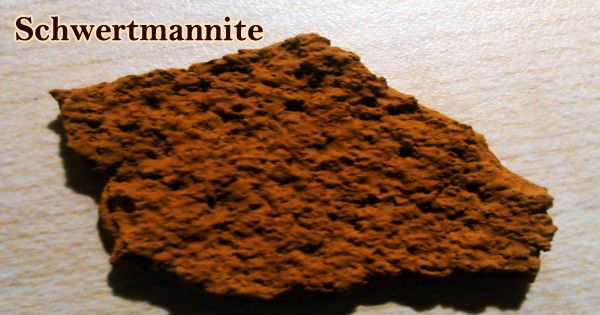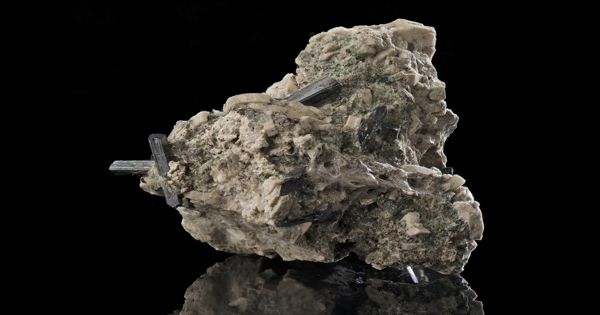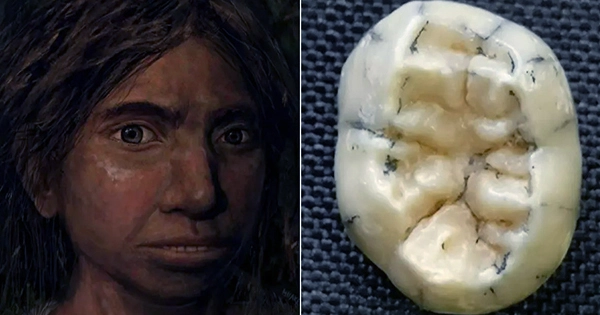Aubertite is a mineral with the chemical formula CuAl(SO4)2Cl·14H2O. It is named after the French geophysicist J. Aubert, who was the first to collect samples of this mineral. It appears as an azure blue mineral, which is soluble in water.
The sample was collected by J. Aubert (born 1929), assistant director, National Institute of Geophysics, France, in the year 1961. Its type locality is Queténa Mine, Toki Cu deposit, Chuquicamata District, Calama, El Loa Province, Antofagasta Region, Chile.
General Information
- Formula: CuAl(SO4)2Cl·14H2
- Colour: Azure-blue.
- Lustre: Vitreous
- Hardness: 2 – 3
- Specific Gravity: 1.815
- Crystal System: Triclinic
- Member of: Aubertite Group.

Physical Properties of Aubertite
It is colored blue. Its crystals are triclinic pedial. It is transparent. It has a vitreous luster. It is not radioactive. Aubertite is rated 2-3 on the Mohs Scale.
- Lustre: Vitreous
- Transparency: Translucent
- Colour: Azure-blue.
- Streak: (not reported)
- Hardness: 2 – 3 on Mohs scale
- Cleavage: Perfect [Perfect on {010}]
- Density: 1.815 g/cm3 (Measured) and 1.85 g/cm3 (Calculated)
Occurrence
Aubertite is found in Quetena, located in the west of Calama, and in Antofagasta, Chile. It occurs in the oxidized zone of a copper deposit. It is associated with minerals such as copiapite, botryogen, amarantite, parabutlerite, and metahohmannite.
Information Source:
